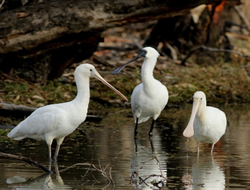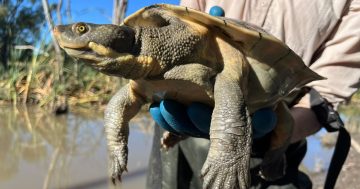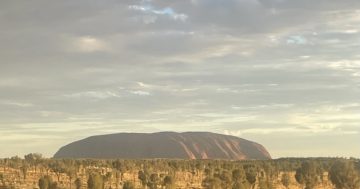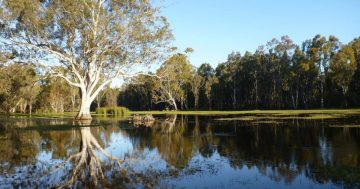 The Department for Environment and Water (DEW) has reported that the environmental benefits of the River Murray flood were beginning to emerge.
The Department for Environment and Water (DEW) has reported that the environmental benefits of the River Murray flood were beginning to emerge.
According to the Department, ecologists have observed sights and sounds from the musical Eastern Banjo frog across the Pike floodplain as floodwaters recede throughout the Murraylands, Riverland and Lower Lakes.
“Eastern Banjo tadpoles up to 100mm in length are currently the dominant species, comprising 41 per cent of all tadpoles recorded at the site,” the Department said.
“High river flows are important for native fish spawning, bird breeding and plant growth, and the flood has provided much-needed water to areas of the river and floodplains for the first time in more than 60 years,” it said.
“The reconnection of floodplains and wetlands to the main river has allowed plants and animals to move throughout the river systems and colonise new areas.”
Manager of Environmental Water at DEW, Tony Herbert said this was a once-in-a-generation flood event that will have widespread environmental benefits.
“Black Box woodlands and other native vegetation that have been struggling in recent years have received a much-needed boost,” Mr Herbert said.
“Reconnecting the floodplains and wetlands to the main river has allowed plants and animals to move throughout the river systems and potentially colonise new areas,” he said
“The higher flows also stimulate breeding for native fish species, including Murray cod, silver perch and golden perch, and will improve the chances of successful recruitment by improving habitat availability and food resources.”
The Department said higher flows had also stimulated breeding for native fish species, including Murray cod, silver perch and golden perch and would improve the chances of successful recruitment by improving habitat availability and food resources.
Further south in the Lower Lakes, increasing numbers of native turtles important to the Ngarrindjeri People have been seen after the Millennium drought severely impacted the species.










